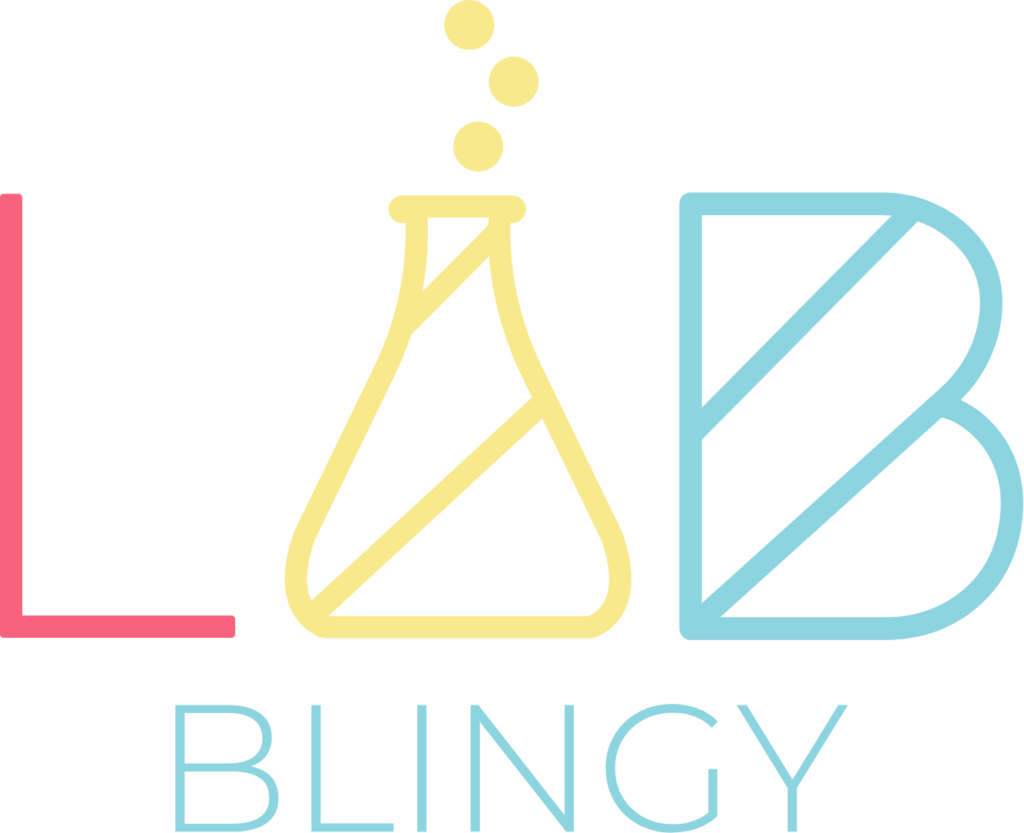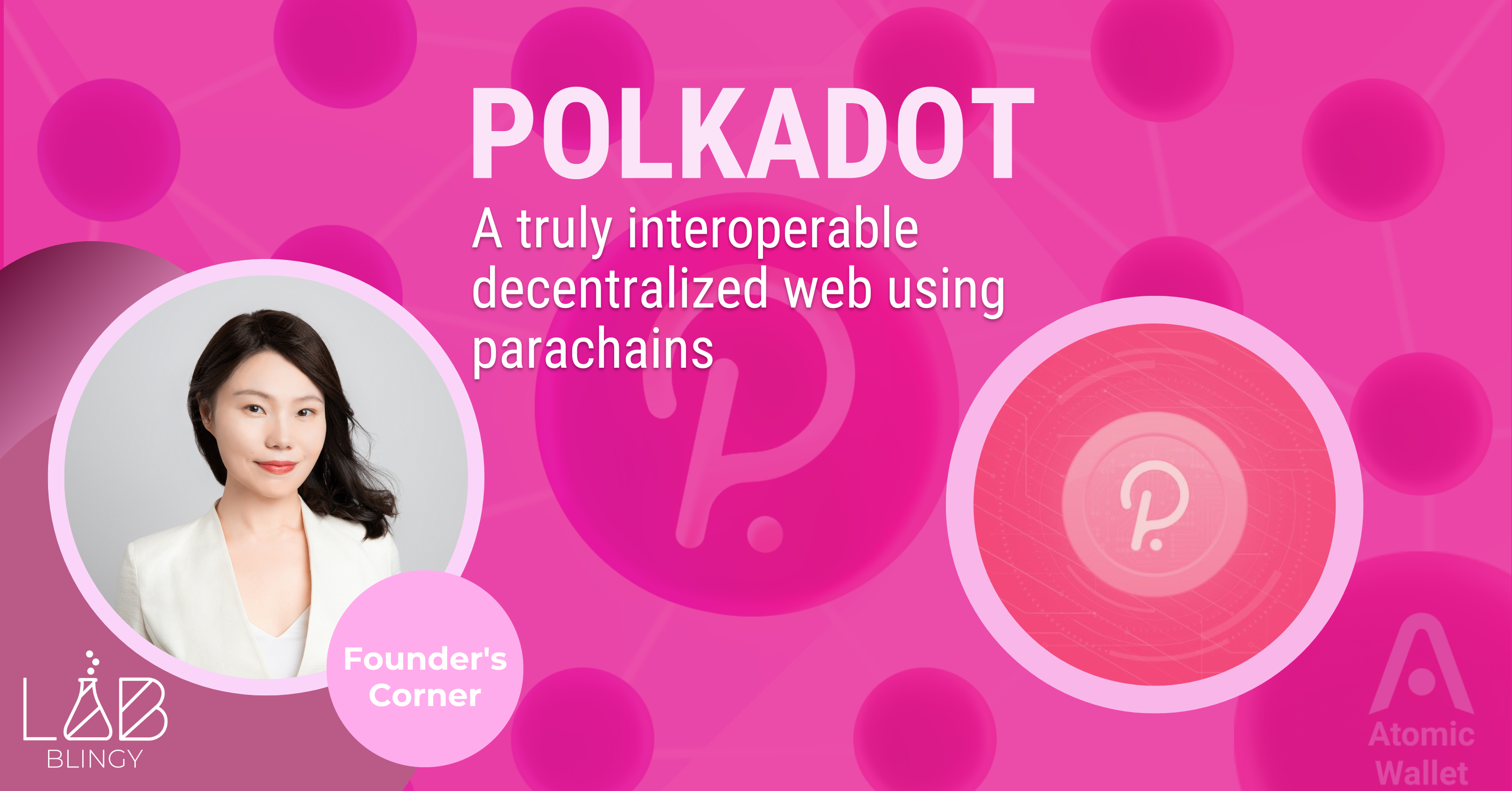Only a few protocols on blockchain enable interoperability. Interoperability means carrying out transfers across the blockchain of any data or asset. Polkadot is a protocol that links blockchains, allowing value and data to be transferable across previously incompatible networks (Bitcoin and Ethereum, for example). Its design is such to accommodate speed and scalability. The DOT token, which can be bought or sold on exchanges such as Coinbase, is used for staking and governance.
Polkadot is one of the DOT networks founded to solve problems other blockchains cannot solve. This capstone project was brought into the limelight in 2020 after about four years of being conceived. Blockchains characterize decentralization, speed, and security without fail. However, scarcely can a blockchain provide all three or more than one of these factors. Take, for example, Ethereum and Bitcoin. They both are not ultimately scalable. Also, these networks are not interoperable; they are not allowed to exchange information. This uniqueness is the mainstay of Polkadot in the world of cryptocurrency.
Polkadot gained massive recognition in June 2021 when it became listed on Coinbase. It is a highly innovative blockchain that has a relay chain and parachain. The relay chain controls security and deals, ensuring communication runs smoothly between blockchains. Parachains are independent layer-one blockchains running in parallel within the Polkadot ecosystem. Polkadot is a flexible network that provides that blockchains can be separate entities working together under the same ecosystem putting scalability into consideration.
Emerging blockchain by developers can utilize Polkadot because of its flexibility and workability. This prominent, accommodating feature makes it unique among others. Polkadot allows experimentation on transition functions; consequently, dozens and hundreds of parachains connect to the Polkadot network. The simplicity of Polkadot is its user-friendly interface yet functioning as decentralized finance (DeFi).
History of Polkadot
Polkadot and Ethereum were brought into existence by the same founder, in the person of Gavin Wood. After he left Ethereum in 2016, he proceeded to develop another blockchain. It was during this period that he published Polkadot’s whitepaper. Polkadot houses a parachain, and the parachain is not independent of the relay chain. Parachains are custom blockchains linked with the Polkadot relay chain to provide a technology for smooth communication across chains. On the other hand, the virtue of the relay chain is that it determines the network’s consensus, shared security, and interoperability across chains.
Another of the developers’ goals for Polkadot is to create a fully decentralized internet 3.0 based on Web 3. The whitepaper was published in 2016 and raised about $145 million after a year. At the first Proof-of-Authority (PoA) phase, the network governance was managed by the Web 3 foundation, while the same foundation launched the Proof-of-stake in June.
What makes Polkadot different?
Polkadot is one of the newest cryptocurrencies and has recently gained popularity. It is a multichain consisting of a series of blockchains. Since there is more than one pathway, network overload is less likely. The first parachain operated by Polkadot was Moonbeam. According to research by CoinDesk, Deutsch Telekom uses Polkadot, one of Europe’s largest telecommunication companies, to support blockchain technology. Numerous investors are becoming curious about Polkadot; unlike other coins, Polkadot is quite affordable and presents more expansion opportunities.
Since Ethereum prices rose to all-time highs in 2021, investors and traders believe that other alternatives to Ethereum, like Polkadot, can do the same. Although there are risks associated with the splurge on investment, the likely risk of Polkadot is the volatility of price, and a tangible asset does not back that.
Polkadot is compatible with other blockchain platforms, which makes it interoperable, and users do not have to choose one network over the other. Polkadot is built with a Substrate blockchain framework, meaning other Substrate blockchains can deploy custom chains quickly and easily.
How does Polkadot work?
Polkadots is a decentralized blockchain that allows users to be in control through an interoperable protocol that scales the network. Here, blockchains can work independently of each other and can exchange transactions. On Polkadot, public and private key cryptography can send funds from one digital wallet to another. Beyond transacting, its relay chain allows it to process data on several chains called Parachains. Unlike older blockchains, Polkadot splits transactions between shards rather than across an entire network. Sharding offers an advantage over other blockchains due to reduced fees, less network congestion, and blockchain compatibility and interoperability. Polkadot’s consensus mechanism is Proof-of-stake (PoS), which rewards users through staking.
Introducing the DOT’s utility
As of December 2022, the DOT was ranked 12th on CoinMarketCap. This significant recognition poses that it is an innovative and reliable coin. DOT has three main functions: Governance, Staking, and Bonding. Governance validates or determines how transactions are decided upon and implemented. Here, there is an integration of code. Proof-of-stake protocol manages the governance of Polkadot, also known as nominated Proof-of-Stake (NPoS).
Governance in Polkadot is through a consensus mechanism called GRANDPA, an acronym for Ghost-based Recursive ANcestor Deriving Prefix Agreement), which provides a secure, reliable, and more resilient network. The Relay chain, which is Polkadot’s main network, will determine the protocol’s decision-making. By staking, validators can earn rewards for maintaining network security and consensus. Coin holders can earn DOT by staking. While Bonding contributes to parachain allocation such that each parachain is attached to the relay chain via a rent-like mechanism.
Final Words
Pokaldot’s governance is sound, as it’s been around for years. Wonder why? Every token holder helps Polkadot from falling by swaying the protocol progression through its economic value. Since Pokaldot’s launch in May 2020, staking, on-chain identity, and on-chain governance features were all added. These improvements suggest that Pokaldot is still developing. But Polkadot is releasing more features in the future.
Follow my Twitter @JoyyuanWeb3 to learn about the trends of Blockchain, Crypto, and Web3!








